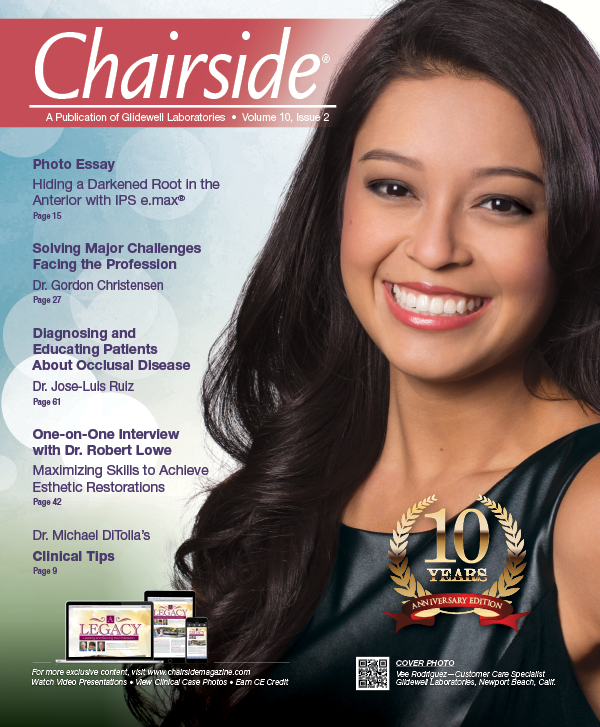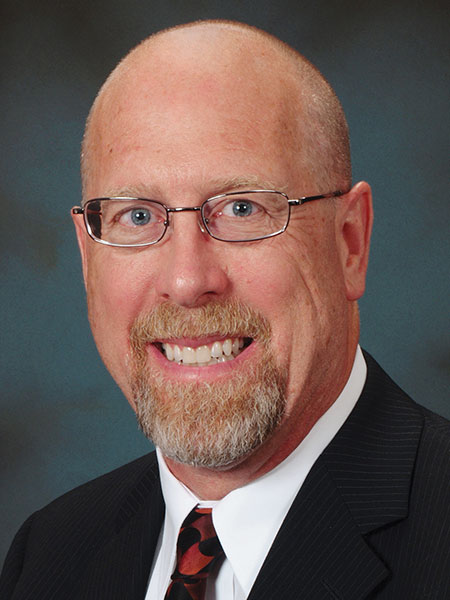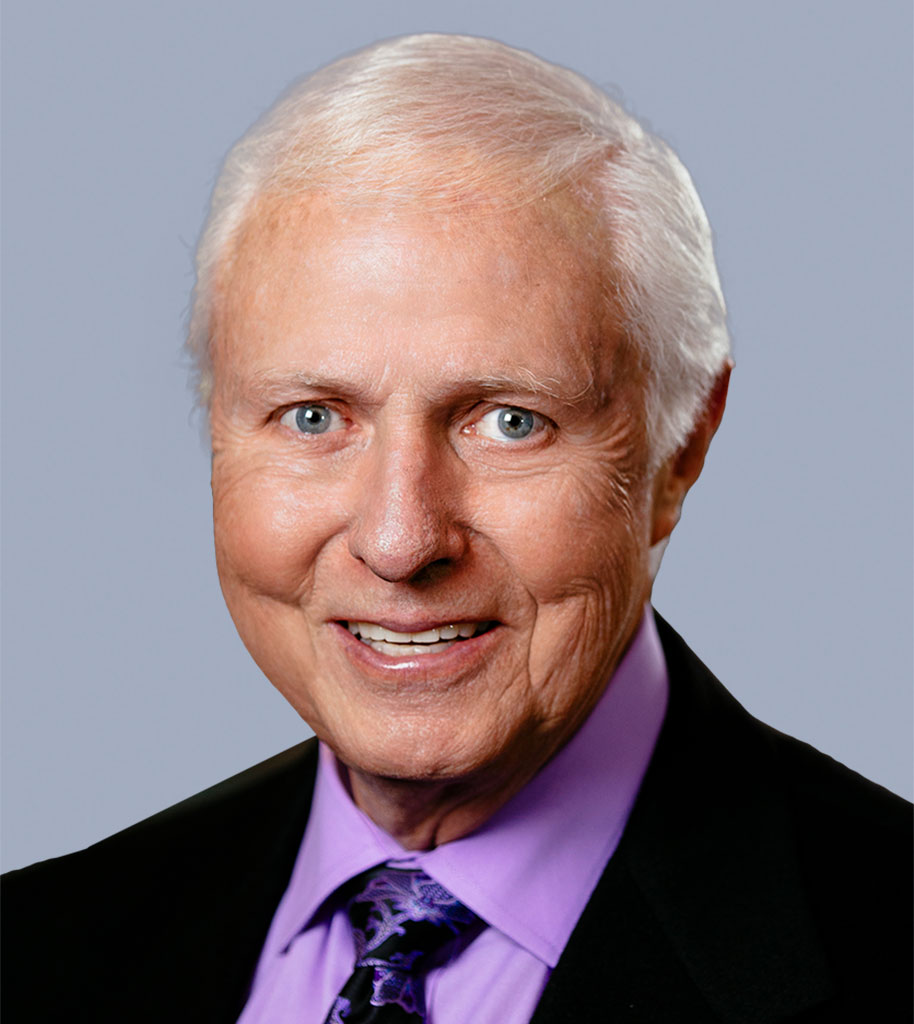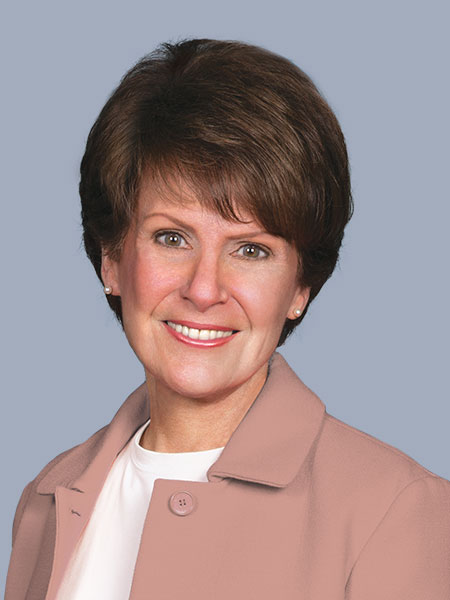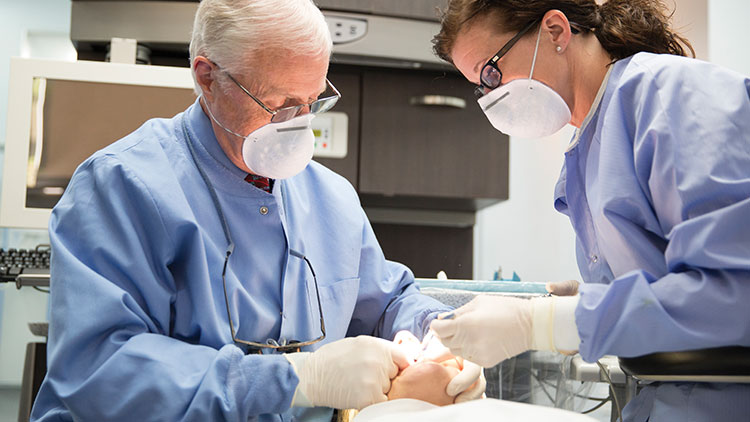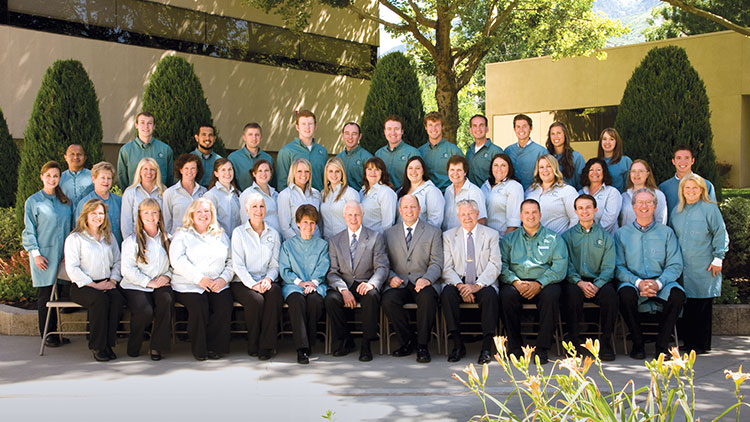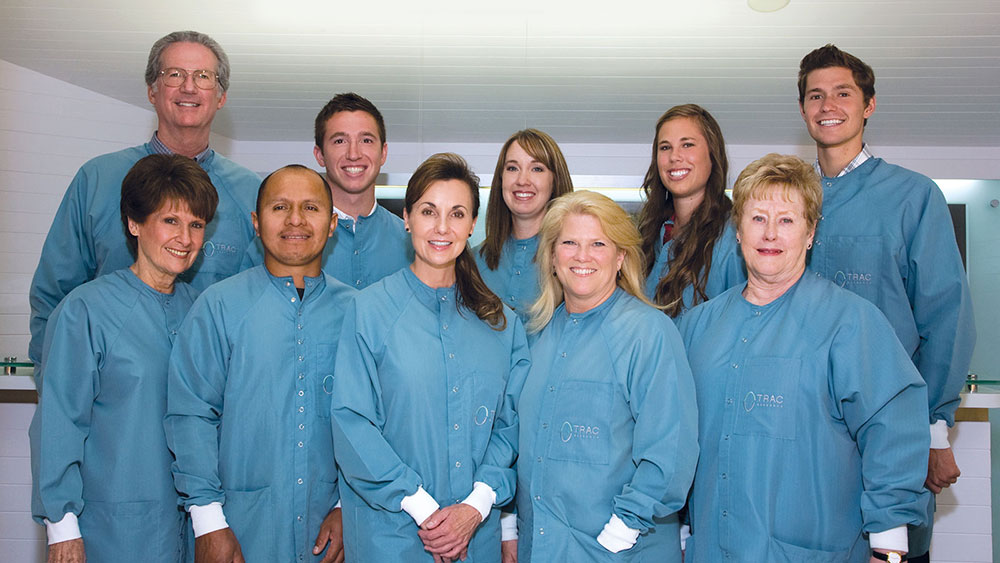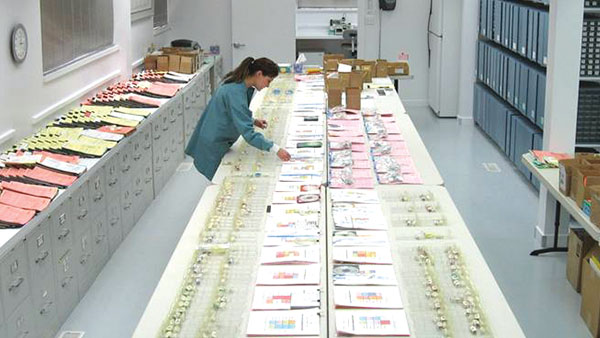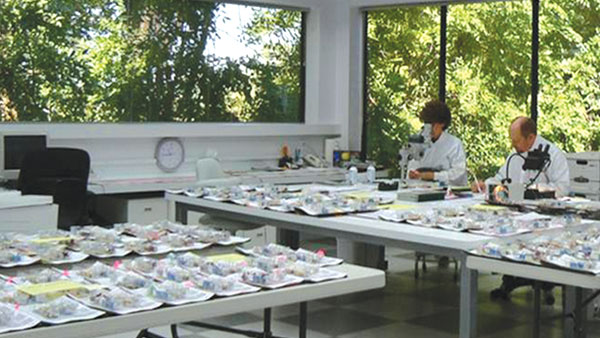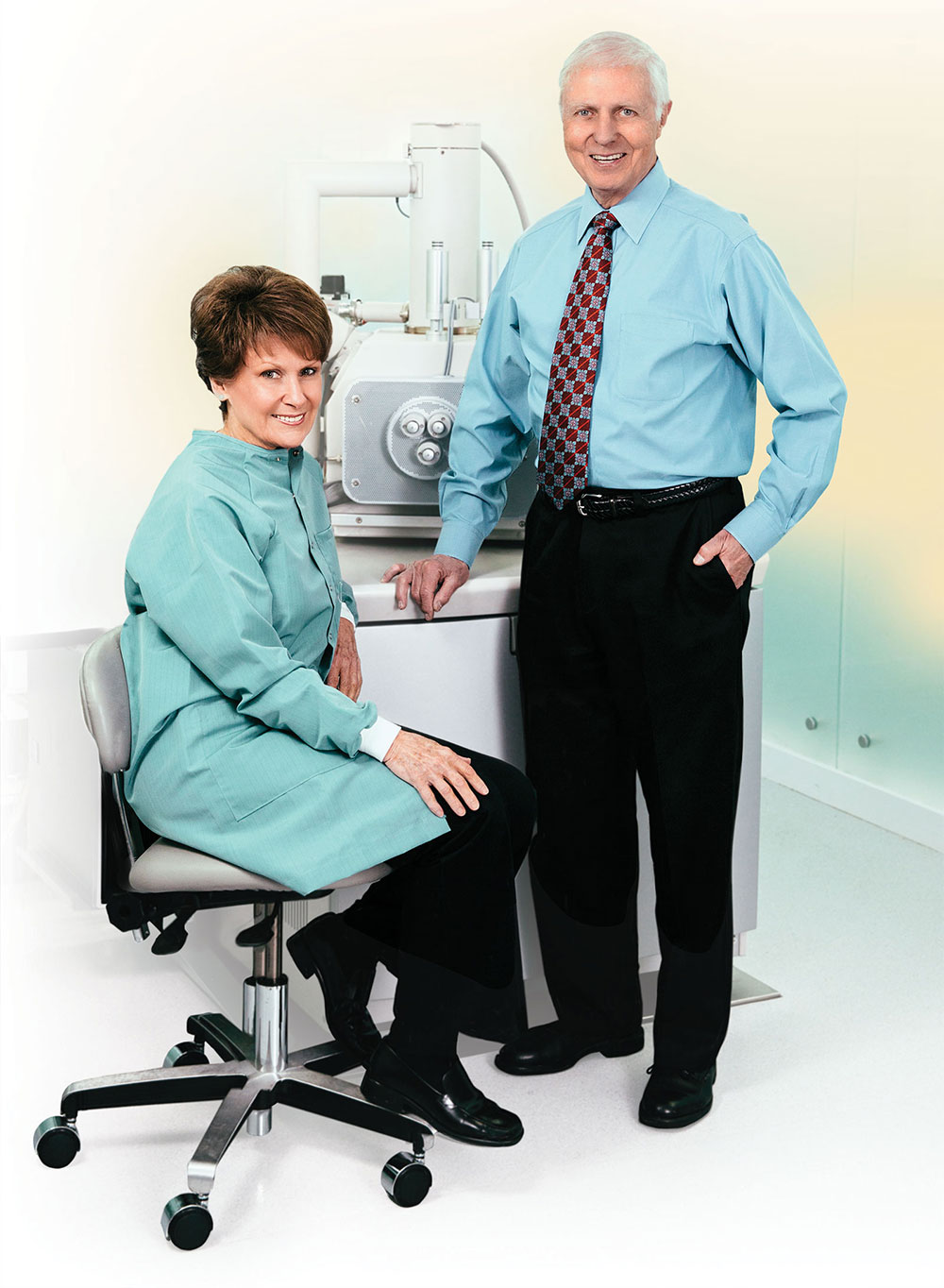A Legacy of Leading and Serving the Profession
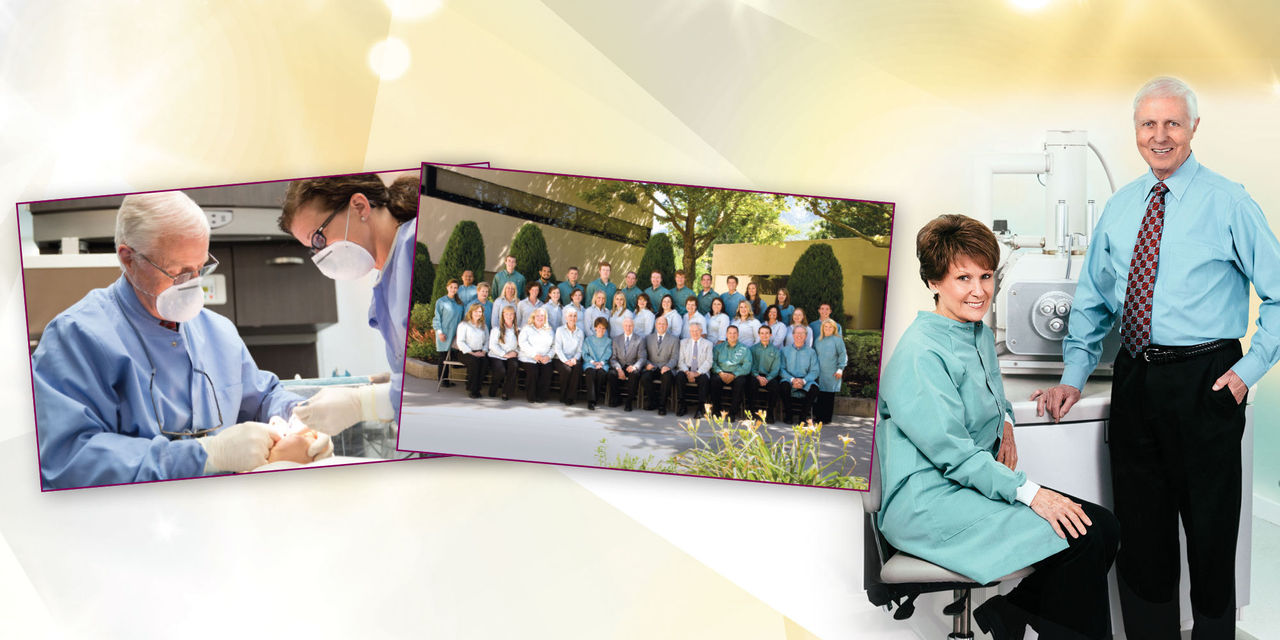
Q: When was Clinical Research Associates started, and why?
A: Dr. Rella Christensen: In the fall of 1976, we united five of Gordon’s study clubs in Alabama, Colorado, Idaho, New Mexico and Utah to form the nucleus of the first, and to this day only, nonprofit international volunteer team that tests dental products for efficacy and clinical usefulness. In CRA (now known as CR Foundation), all clinicians, including the administering leaders, volunteer their time and expertise to test and rank the products they depend on to treat patients. All are part of a nonprofit research and education foundation. We consider the nonprofit status essential to keep the work independent, free of outside funding, and unbiased.
The organization was started by practitioners who were finding it increasingly difficult to make well-informed choices about the products they were using in patient care. Research at all levels had become a subtle form of marketing, with industry funding driving even some of the most formal university research. Clinical comparative studies designed to rank competing brands were eliminated; yet this was the information critically essential to clinicians and patients.
Q: Why was the name changed?
A: Dr. Rella Christensen: The name CRA was changed in 2004 to the CR Foundation to reflect the change in administration and some policies when I stepped away after 27 years as director in order to form Technologies in Restoratives and Caries (TRAC) Research, the in-depth research component of CR. My desire was to complete studies in the microbiology and physiology of the oral cavity.
Q: What is the mission of CRA/CR?
A: Dr. Rella Christensen: The original mission statement that hung on the foyer wall at CRA for more than 25 years read as follows:
Purposes of CRA:
- To identify the outstanding products, techniques and equipment for delivery of oral care through laboratory and clinical research.
- To tell the truth as far as it is known about all of our research findings.
- To disseminate the research findings as broadly as possible through use of journals, courses, trade magazines, educational videos, computer networking, telephone and any other communication tools.
- To dedicate ourselves personally to serving our fellow man, realizing that volunteering to serve others is a way of giving back to the profession as long as we remain true to the service goal and free of the desire for personal gratification.
Although some of the words of the mission statement were changed about 10 years ago, the spirit remains the same. The creed that drives all of us is a scripture, which is painted on the beam over the reception desk, “When ye are in the service of your fellow man, ye are only in the service of your God.” Our dental motto is, “Clinical success is the final test.”
Q: How is the CR Foundation funded?
A: Dr. Gordon Christensen: As a volunteer director of CRA, Rella provided the leadership of the organization for 27 years while we traveled the world speaking to tens of thousands of practitioners about the research findings. To accomplish its goals, the organization required significant and major funding. Rella was the leader in establishing the reputation of CRA as an honest, high-level, patient- and practitioner-oriented research group.
As mentioned previously, the CR Foundation is a nonprofit — 501(c)(3) — organization. As such, there are numerous federal regulations that govern maintaining this organization. Additionally, CR has committed itself by direction of the CR board of directors and its founders and officers to refuse grants from the federal government and from the dental industry.
Q: What are the sources of CR Foundation funding?
A: Dr. Gordon Christensen: Several sources of private funding have kept CR viable for 38 years. As the current volunteer chief executive officer, my responsibility is to ensure that CR is funded adequately. The major funding sources are:
- Subscriptions to the monthly Clinicians Report (previously named the CRA Newsletter), a publication for all dental professionals from the CR Foundation and the CR Dental Hygiene Report. This source of revenue amounts to about 48% of the organization operating expense need. This monthly publication, now approaching 450 editions, is published in seven languages and read in 84 countries around the world. The CR Foundation report is available as both a paper publication and an online publication (Fig. 1).
- Continuing education courses provided to the profession under the name “Dentistry Update Course” are delivered in various venues, including hotels, civic centers and dental schools, on cruises, and in resort areas. These courses are provided throughout the world. All revenue profit goes directly to CR operating expenses. Rella and I, the CR staff, and the members of the CR board of directors do not receive honoraria for providing these hundreds of courses for the past 37 years.
- All honoraria from continuing education courses provided to the profession by Rella and me throughout the world are donated to the CR Foundation. During 2012, this included honoraria from about 100 courses. This income, along with the revenue from our Dentistry Update Courses mentioned previously, amounts to about 26% of CR operating expenses.
- Donations to the CR Foundation are another important source of income for the foundation. Donors are limited to private nondental individuals or organizations and noncommercial dental professionals of all categories. Although commonly offered, CR does not accept donations from the dental industry, since such donations could imply or develop a bias in favor of specific companies or products. This source of income amounts to about 25% of CR’s operating expense.
- A small amount of miscellaneous income is obtained by providing CR research information to any interested party in paper form or for use online.
Q: Do manufacturers pay CR when their products are published in articles in Clinicians Report, or for research provided by the foundation on their products?
A: Drs. Gordon and Rella Christensen: The answer to this question is a simple “No!”
Q: How does a product qualify for publication in Clinicians Report?
A: Dr. Gordon Christensen: Manufacturers contact Clinicians Report for an opportunity to describe their product(s) to our staff. Meetings are arranged at the mutual convenience of the manufacturer and the staff. These meetings are held routinely in Provo, Utah. Manufacturers and their scientific staff frequently attend such meetings and come at their own expense to demonstrate products to Clinicians Report and receive direction and critique. These meetings are free of charge to manufacturers.
Additionally, the Clinicians Report in-house product director, administrators, staff and evaluators seek out other products that appear to be faster, easier, better or less expensive than current products on the market, or promising products that are not on the market.
Samples of identified, potentially useful products are requested for evaluation from the respective manufacturers. If, after the evaluations, the products have residual value of $100 or more, they are returned to the manufacturers. If they have minimal residual value after the evaluations, they are donated after the evaluation to numerous charity organizations serving developing countries.
If companies with potentially valuable products are uninterested in or unwilling to provide samples for an evaluation, Clinicians Report often buys the products and conducts evaluations to support or refute the manufacturer claims.
If a product meets most of the four criteria, as proven by in-house basic science research and in-the-field practitioner research and evaluation, the product is published in the monthly Clinicians Report. If the product does not meet those characteristics, the respective company receives a confidential report on Clinicians Report’s findings.
Thousands of products have gone through these evaluations and been found to be deficient or desirable. The lacking ones are often modified by the manufacturer to satisfy the deficiencies and returned to the foundation for further evaluation and research.
Manufacturers are not charged for any of the basic science research, evaluator-donated time, Clinicians Report employee administrative time, or the use of our research facilities and equipment. If the product warrants publication in Clinicians Report, there is still no charge to manufacturers. The founders, officers, administrators, board of directors, evaluators, and the thousands of subscribers feel strongly that such lack of manufacturer financial support for product evaluations is mandatory for unbiased reporting on products.
The founders … and the thousands of subscribers feel strongly that such lack of manufacturer financial support for product evaluations is mandatory for unbiased reporting on products.
Q: How does Clinicians Report function?
A: Dr. Gordon Christensen: The home base of Clinicians Report is in Provo, Utah. The physical facilities include administrative and secretarial offices, well-equipped scientific, physical and biologic basic science laboratories, seminar rooms, and a state-of-the-art research-oriented dental clinic (Fig. 2).
The organization is administered and operated by a typical corporate structure as follows (Fig. 3):
- Chief executive officer
- Chief operations officer
- Chief financial officer
- Chief scientific officer
- Business executive director
- Director of TRAC Research
- Executive administrative assistant for CR
- 20 board-of-directors members, including academics, dentists, specialists, hygienists, assistants and administrative personnel
- Six in-house department directors
- Many full- and part-time scientists, science assistants, administrators, administrative assistants, secretaries and laboratory assistants
- 15 project directors who are private practitioners located throughout the country
- About 450 Clinicians Report evaluators in all areas of dentistry located throughout the world
Q: What are the three levels of research in CR?
A: Dr. Gordon Christensen: Research is divided into three logical levels, all of which are administered and conducted within the previously mentioned organizational structure.
Dr. Rella Christensen: 1. TRAC Research (Fig. 4). This is the name of an independent, nonprofit laboratory that performs the long-term human studies for CR. The lab’s name is TRAC Research and it was founded about 10 years ago. It is unique in several ways: First, it is funded 100% by donations from the Christensen family; second are the practice-based restorative-materials study designs pioneered by me, first as part of CR, then further refined in TRAC Research. These studies derive their data directly from actual patient treatments performed by practicing dentists located in numerous geographic locations. Clinicians represent different backgrounds, years of practice and local customs to produce outcomes intended to represent dentists in general. This type of research on restorations was the first to document chips, breaks and fractures of all sizes as a common occurrence with almost all veneering ceramics designed for use over zirconia substructures. TRAC is now carefully documenting the clinical performance of new CAD/CAM-produced monolithic restorative materials. When you enter the restoratives lab, you see data from thousands of restorations laid out for detailed follow-up grading and scanning electron microscope work (Figs. 5a, 5b). This lab has generated extensive clinical data on more than 118 tooth-colored restorative materials, eight metal alloys and four unique materials during the last 37 years.
When you enter the restoratives lab, you see data from thousands of restorations laid out for detailed follow-up grading and scanning electron microscope work.
In caries research, my microbiology colleague, Brad Ploeger, and I travel to dental practices all over the United States and set up carefully controlled, sterile-field cavity preparation work. We collect samples during actual treatments and transport them aerobically and anaerobically (Fig. 6) to our lab in Provo, Utah, for culturing and speciating using DNA technology (Fig. 7). The DNA research is further validated by sending the samples as unknowns to a commercial lab on the East Coast. We are trying to determine what happens if you place sealant over caries; if you can leave caries within the prep; if you really can remineralize carious areas on teeth; and other clinically important questions. In addition to dental caries, usefulness of lasers in treatment of periodontitis has been addressed microbiologically in this manner.
Dr. Gordon Christensen: 2. Intermediate short-term research is accomplished by the in-house CR science team. This group of scientists and staff conducts typical short-term research projects that can usually be accomplished within a few weeks to a few months. Many of the CR projects fall within this level of research, and at any one time, several are underway. Approximately 500 to 750 new products are evaluated each year, requiring about 12,500 to 20,000 product samples.
3. Surveys. Many of the CR research projects require in-the-field information from practitioners who are currently using products or techniques and have experience with them. These surveys guide further research and confirm or refute CR in-house in-vitro research.
Q: What is the future of the CR Foundation?
A: Dr. Gordon Christensen: We formed CRA 38 years ago because it was then nearly impossible for clinicians to identify the best products among the many on the market. Has that challenge become easier? No! In fact, it has become much more difficult and confounding than it was in the past. The need for unbiased, noncommercial product evaluation is more necessary now! I will share CR’s vision and values statements with you:
VISION STATEMENT (THE FUTURE EXPECTATIONS)
The Clinicians Report Foundation is conducting research and providing information to the profession as follows:
- The organization, CR Foundation, is regarded as the premium, most unbiased, trusted and respected dental product evaluation organization in the world.
- All areas of dentistry are included in the evaluations.
- All CR publications are in-demand, financially self-supporting and income-producing for further CR research.
- All CR courses are in-demand, filled to capacity and income-producing for further CR research.
- All CR research information is timely, up-to-date, pragmatic, based on both scientific research evidence as well as clinical observation, and it is disseminated to all aspects of dentistry.
- International dental professionals are routinely seeking information and guidance from CR.
VALUES STATEMENT
- The goals of CR are patient-centered, providing information to practitioners — written, electronic and in courses — primarily oriented to enhance and improve prevention and treatment of oral disease and to reduce cost to patients.
- Unbiased CR research information is provided to the profession unrelated to source of products, concepts and techniques.
- Information that is state-of-the-art and science of dentistry is being taught and published by innovative, nonbiased, up-to-date CR staff.
- Pragmatic, easily understood and implemented research information is emphasized in all of CR’s clinical, basic and social science publications, and in CR teaching.
Rella and I and the entire CR team are pleased and thankful for the long-term support of the dental profession as attested by the continuing financial support from the practicing profession. The need for unbiased, pragmatic, timely and useful product evaluation is needed now more than ever to assist in optimal patient care and practitioner satisfaction. The CR founders, administrators, staff and hundreds of volunteer practitioners hope to continue to dedicate our efforts for the betterment of the profession and the public we serve for many years to come.
Dr. Adams: I want to express my personal gratitude to both of you for taking the time to take part in this interview. You are both incredibly dedicated professionals who have done so much for dentistry! On behalf of the entire Dentistry Today team, and all of our readers, we wish you both continued success in all you do!
Dr. Gordon Christensen is founder and director of Practical Clinical Courses (PCC), a cofounder of the nonprofit CR Foundation (previously named CRA), chief executive officer of Clinicians Report (CR) Foundation, and a practicing prosthodontist in Provo, Utah. Currently, he is an adjunct professor at the University of Utah School of Dentistry. He can be reached at 800-223-6569 or info@pccdental.com.
Dr. Rella Christensen cofounded Clinical Research Associates (CRA) Foundation, serving as its director and lead researcher for 27 years. Currently, she is the team leader of Technologies in Restoratives and Caries (TRAC) Research. She can be reached at 801-368-5727 or via email at rella@tracresearch.org.
Disclosures: Drs. Gordon and Rella Christensen report no disclosures.
Reprinted by permission of Dentistry Today, ©2014 Dentistry Today.

